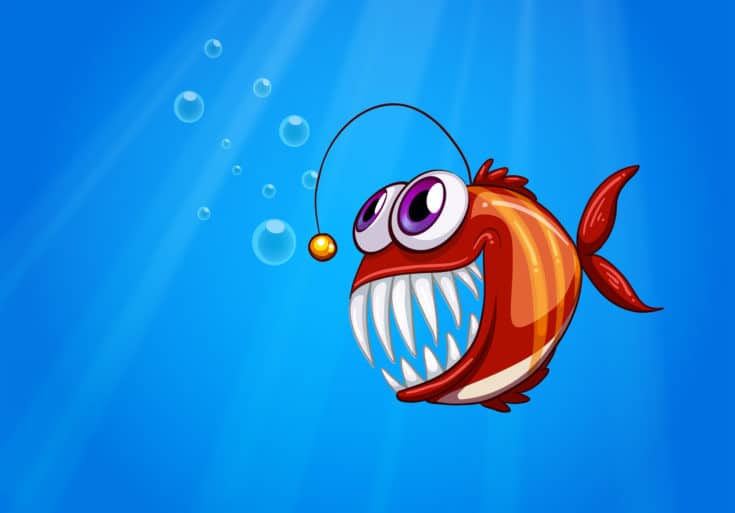35 Icebreaker Games for Teens: Activities to Break the Ice

Starting conversations with new people can feel scary, especially for teenagers. If it’s the first day of school, a new youth group meeting, or a community event, teens often feel nervous about meeting others.
That’s where icebreaker games come in handy; they’re simple activities that help break down walls and make socializing easier and more fun.
Icebreaker games are important because they help teens overcome social barriers, reduce awkwardness, and encourage interaction in group settings such as schools, youth groups, and community events.
They create natural opportunities for laughter, sharing, and connection without the pressure of formal introductions.
When teens are busy playing games, they naturally relax and let their personalities show, making it much easier to form genuine connections and lasting friendships.
What are Icebreaker Games for Teens?
Icebreaker games are structured activities designed to help teenagers get to know each other in a relaxed, friendly environment. Think of them as social warm-ups that make it easier for teens to start talking and connecting with their peers.
These games work so well because they shift the focus away from awkward small talk and onto fun activities.
When teens are busy playing a game, they naturally relax and let their personalities show. This makes it much easier to form genuine connections and friendships.
You can use icebreaker games in many different settings, classrooms at the start of a new semester, youth group meetings, summer camps, sports teams, drama clubs, or any situation where teens need to get comfortable with each other quickly.
Icebreaker Games for Teens
Before starting any icebreaker game, make sure everyone understands the rules and feels included. Create a welcoming atmosphere where teens feel safe to participate.
Remember that some teens might be shy at first, so be patient and encouraging.
1. Two Truths and a Lie
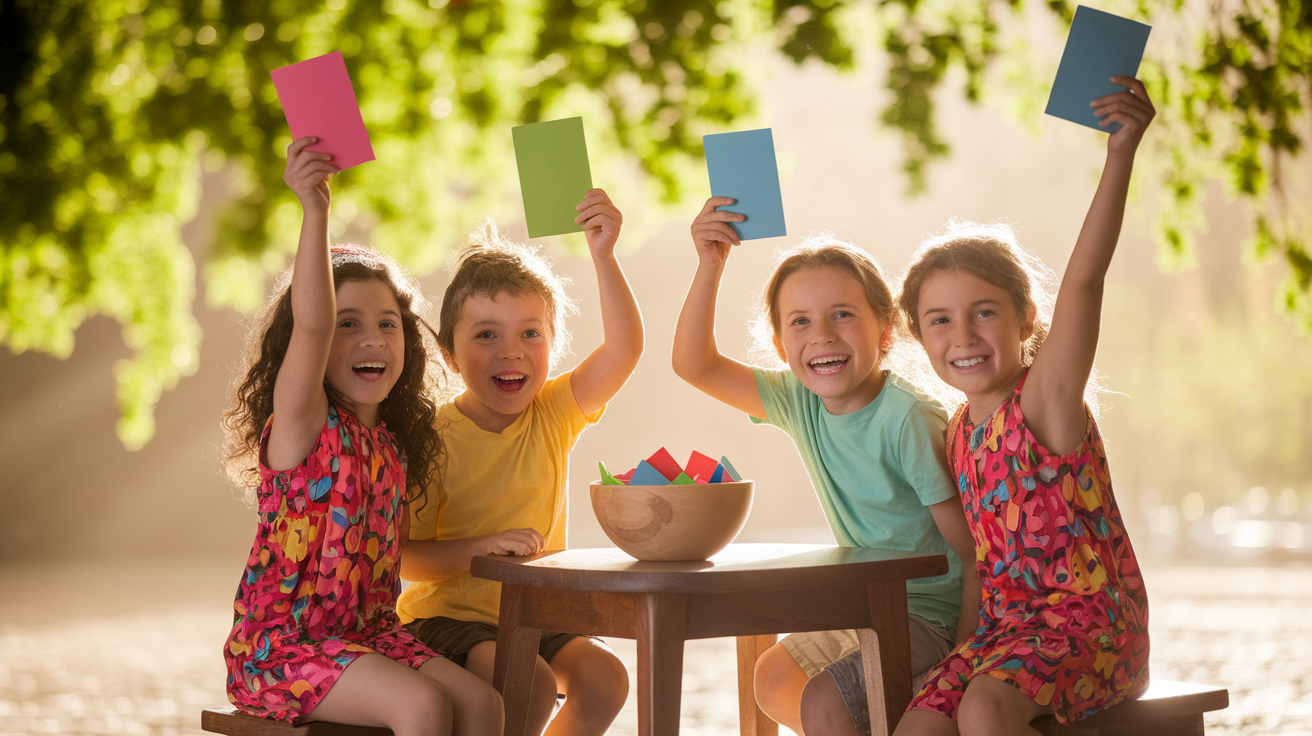
Each person shares three statements about themselves, two facts, and one made-up story. The group tries to guess which statement is false.
This game helps teens learn interesting facts about each other while having fun with creative storytelling.
-
Great for: Groups of 8-15 people
-
Works well in: Classroom or casual settings
-
Helps shy teens: Share personal information comfortably
-
Duration: 15-20 minutes
2. Speed Friending
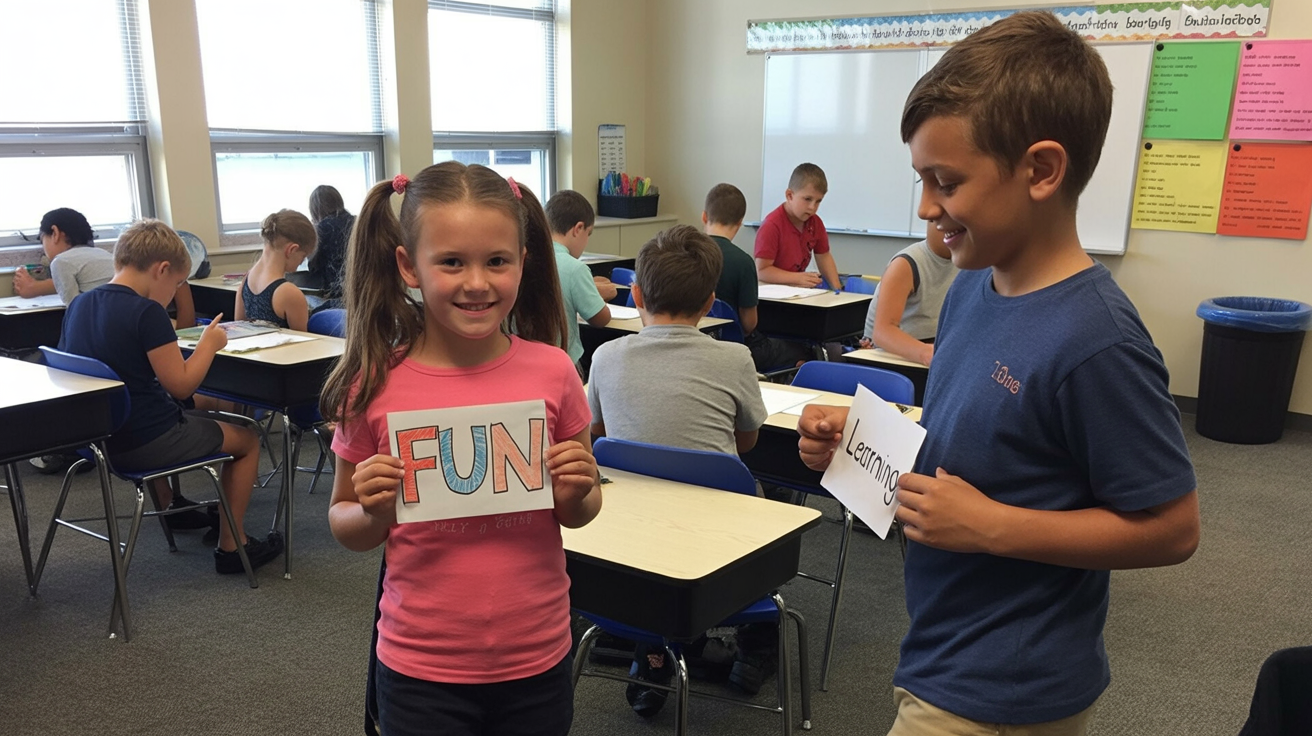
Set up pairs of teens who chat for 3-5 minutes before rotating to meet someone new. Keep rotating until everyone has met several different people.
This fast-paced format prevents awkward silences and ensures everyone gets to interact.
-
Perfect for: Large groups of 20+ teens
-
Use a timer: To keep conversations moving
-
Provide conversation starter questions: If needed, learn how to: Meet lots of people quickly
3. Human Knot
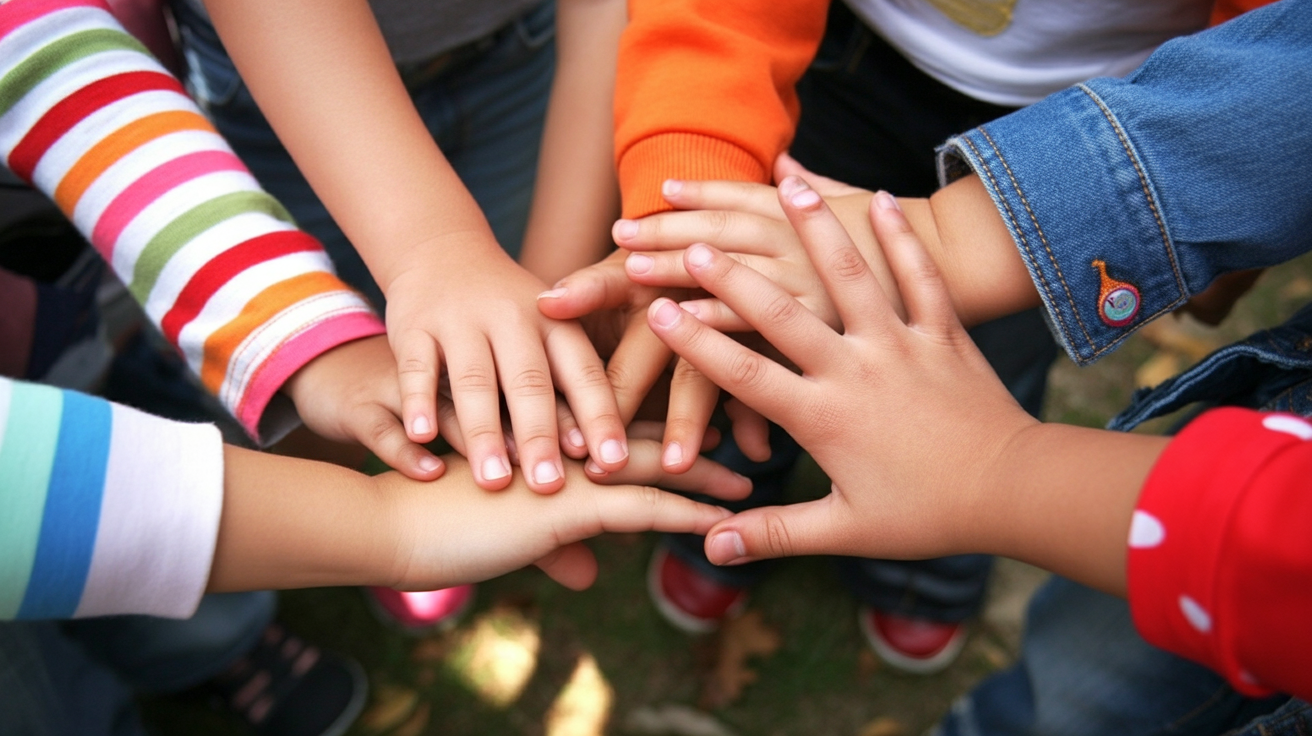
Teens stand in a circle and grab hands with two different people across from them (not next to them). Without letting go, the group works together to untangle themselves back into a circle.
This physical game encourages teamwork and creates lots of laughter.
-
Best with: Groups of 8-12 people
-
Requires: Some physical space to move around
-
Builds: Cooperation and problem-solving skills
-
Duration: 10-15 minutes to solve
4. Would You Rather

Present fun scenarios where teens must choose between two options, like “Would you rather have the ability to fly or be invisible?” After choosing, they explain their reasoning to the group.
This sparks interesting conversations and reveals personality traits.
-
Works with: Any size group
-
Prepare: 15-20 questions in advance
-
Mix: Silly and serious questions
-
Helps teens learn about each other’s values and preferences
5. Memory Challenge
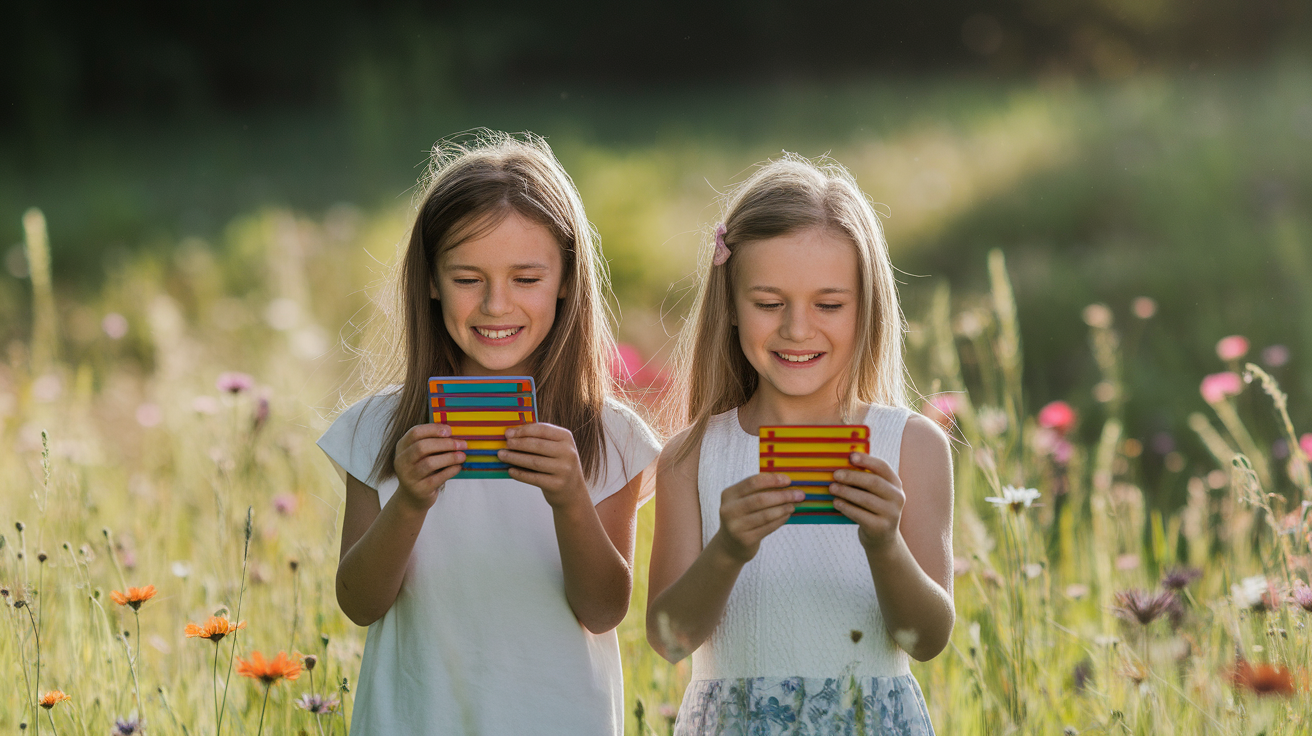
Each teen shares one unique or interesting fact about themselves. After everyone shares, the group tries to remember as many facts as possible and match them to the right person.
This game rewards good listening and helps everyone learn memorable details about their peers.
-
Ideal for: Groups of 10-15 teens
-
Encourages: Active listening skills
-
Creates opportunities for: Follow-up conversations
-
Can be made easier by: Writing facts on paper
6. Name That Tune
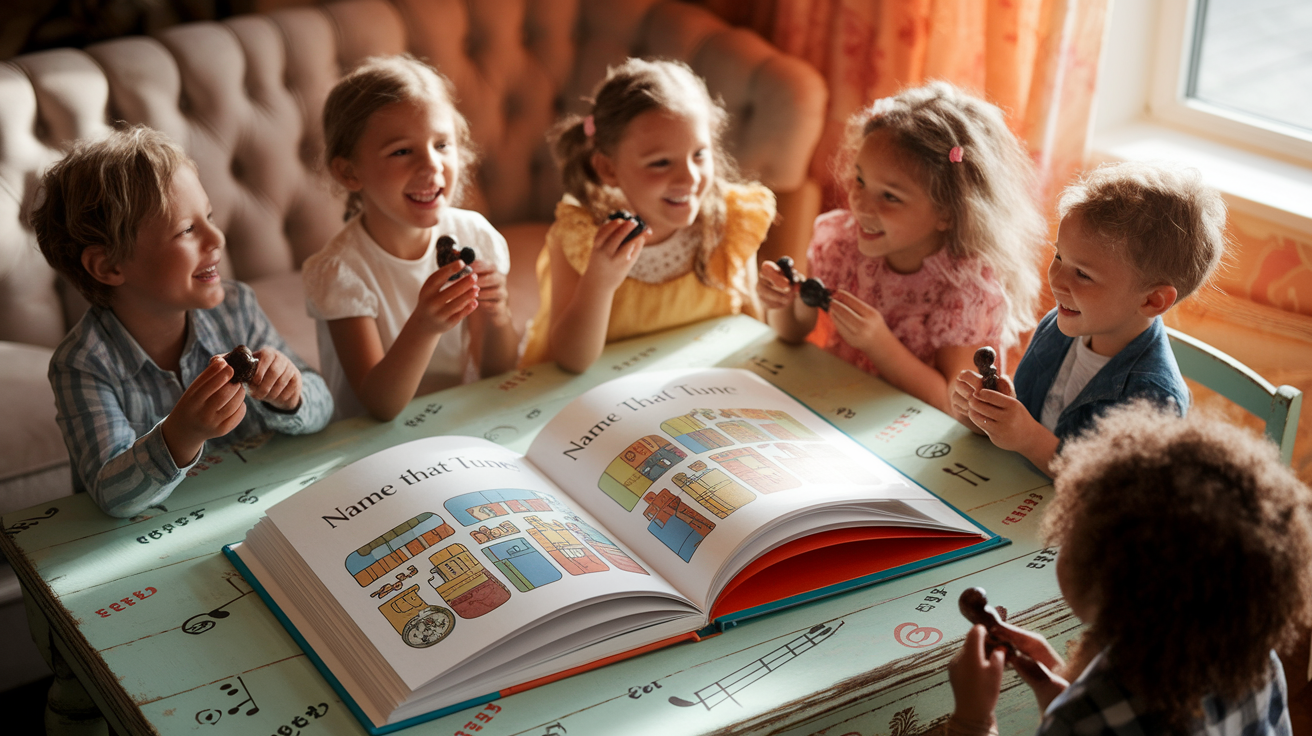
Play short clips of popular songs and have teens guess the artist or song title. You can make teams or have individuals compete.
Music is something most teens connect with, making this a natural conversation starter about favorite artists and genres.
-
Prepare: A playlist of current popular songs
-
Include: Different music genres and eras
-
Can be played: With teams or individuals
-
Great for: Teens who love music
7. Scavenger Hunt
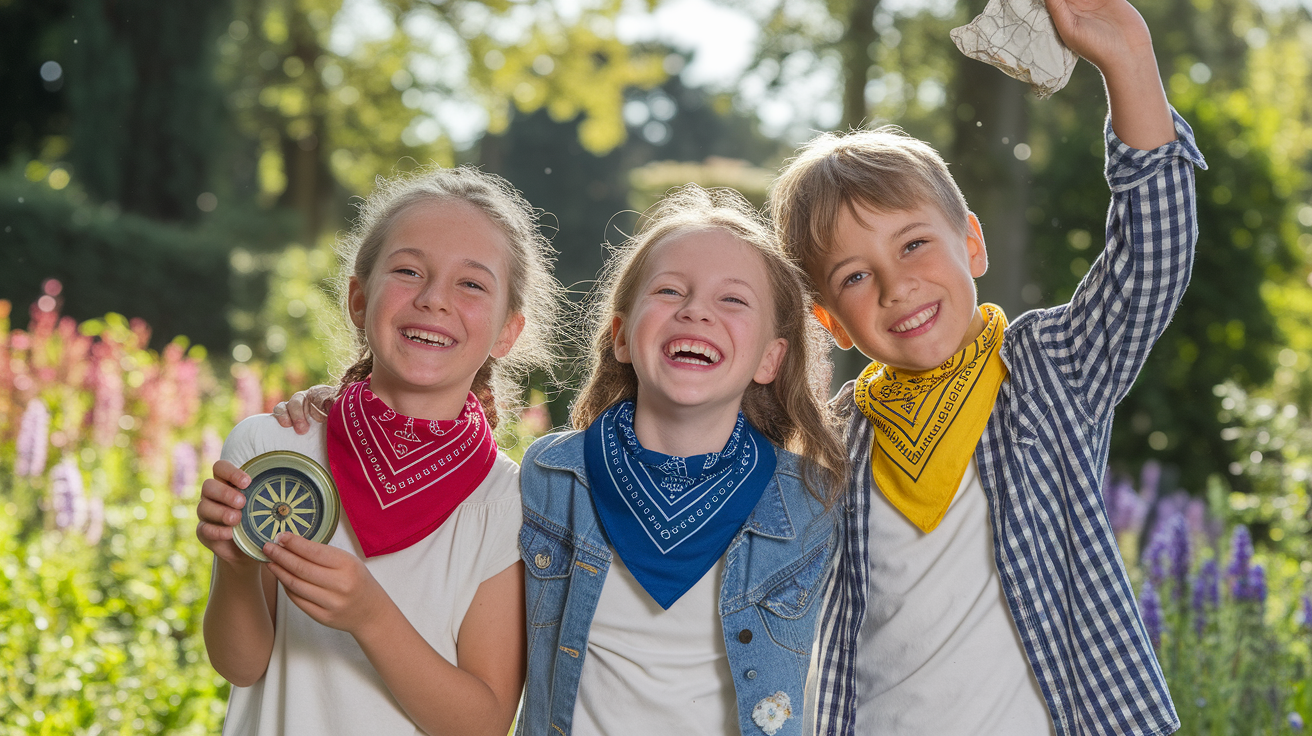
Create a list of items or facts teens need to find by talking to others in the group.
Items might include “Find someone who has traveled to another country” or “Find someone who plays a musical instrument.” This gets teens moving around and talking to multiple people.
-
Make a list of 10-15 items to find
-
Include: A mix of common and unique traits
-
Set a time limit: foff15-20 minutes
-
Encourage: Brief conversations, not just yes/no questions
8. Story Building

Start a story with one sentence, then have each teen add one sentence to continue the tale. Go around the circle until everyone has contributed. The results are usually funny and unexpected, creating shared laughter and memories.
-
Works well with: Groups of 8-20 teens
-
Choose: An interesting opening sentence
-
No wrong answers: Encourage creativity
-
Can be themed: Mystery, adventure, comedy
9. Find Your Match
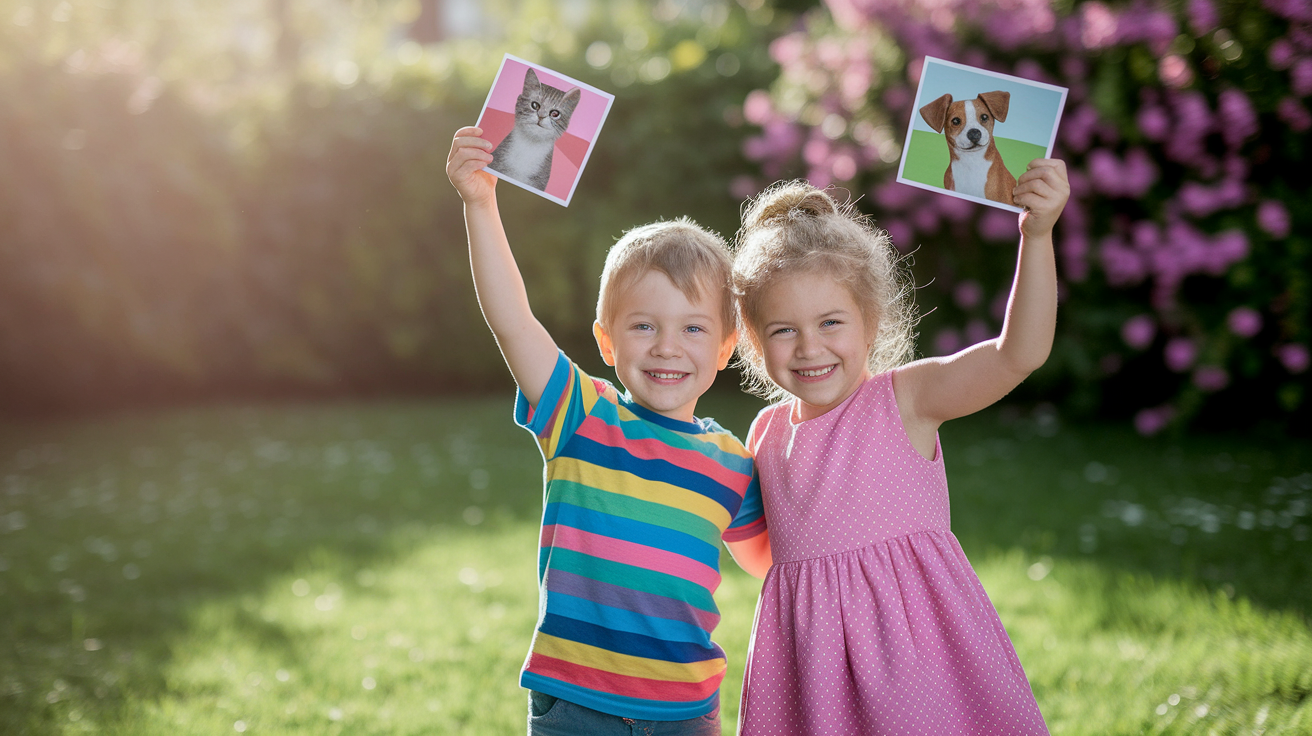
Give each teen a card with half of a famous pair (like peanut butter/jelly, Batman/Robin). They must find their matching partner by talking to others. Once matched, the pairs can share something they have in common with the group.
-
Prepare: Enough pairs for your group size
-
Use recognizable pairs: Teens will know
-
Can lead to: Discussions about the famous pairs
-
Good for: Groups that don’t know each other well
10. Question Ball
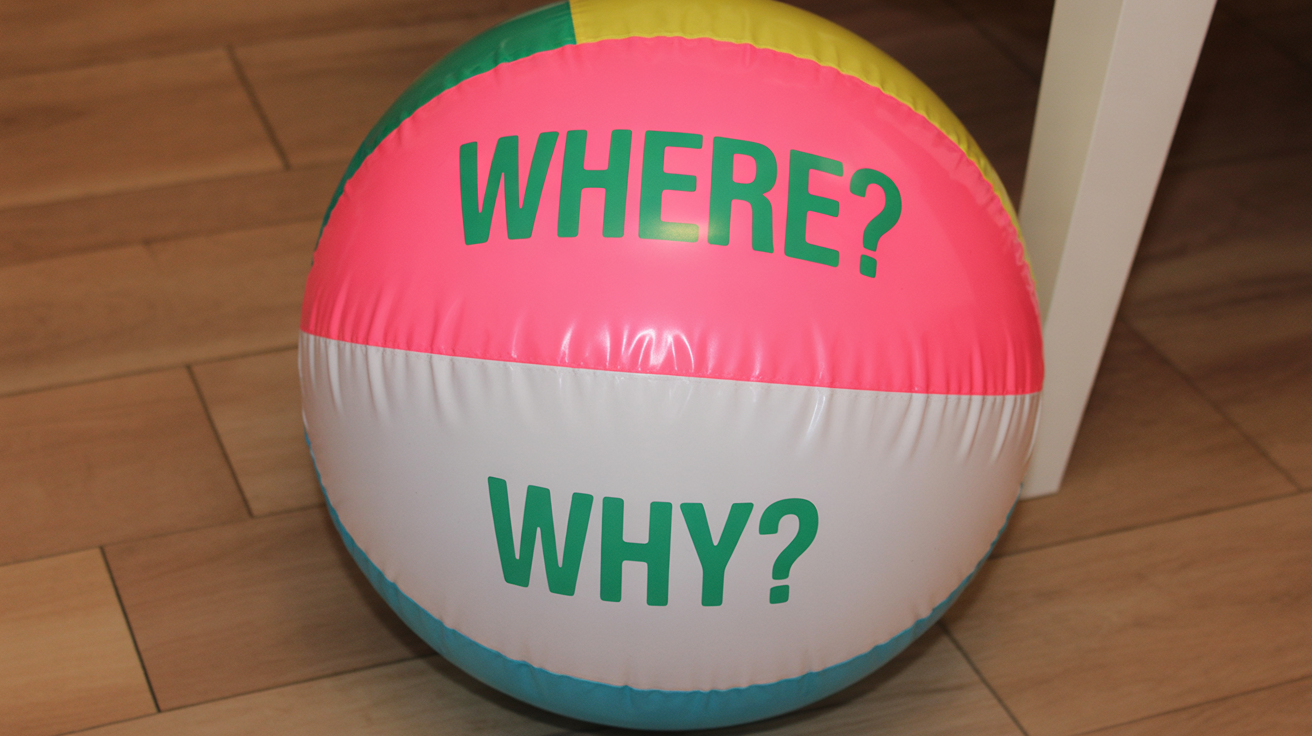
Write conversation starter questions all over a beach ball. Teens toss the ball around, and whoever catches it answers the question under their right thumb. This keeps everyone engaged and creates variety in the questions asked.
-
Use a permanent marker: To write questions on the ball
-
Include: Light, fun questions that anyone can answer
-
Keep the pace moving: To maintain energy
-
Great for: Outdoor settings
11. Compliment Circle
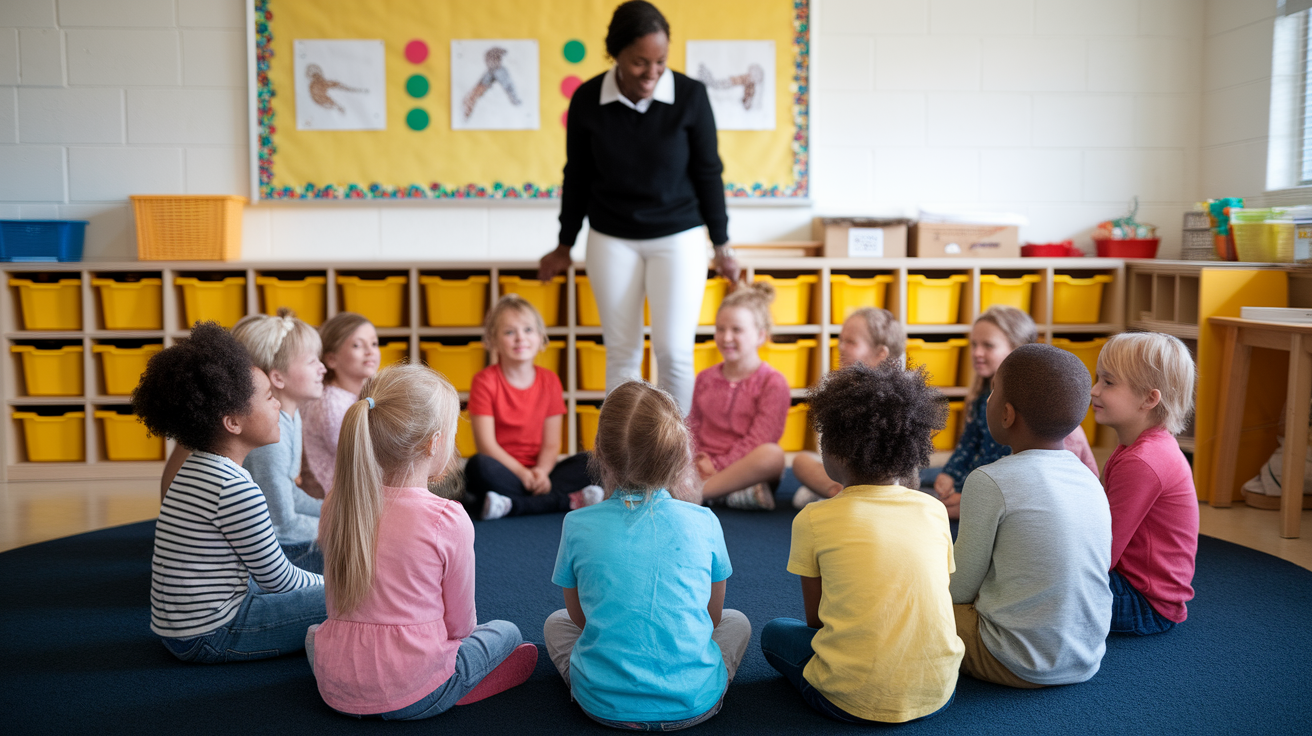
Teens sit in a circle and take turns giving genuine compliments to the person on their right.
Focus on positive observations like “You have a great smile” or “I like your sense of humor.” This builds a positive, supportive atmosphere from the start.
-
Works best: With groups who have interacted a bit already
-
Emphasize: Genuine, appropriate compliments
-
Helps: Build confidence and self-esteem
-
Creates: A warm, friendly environment
12. Guess Who
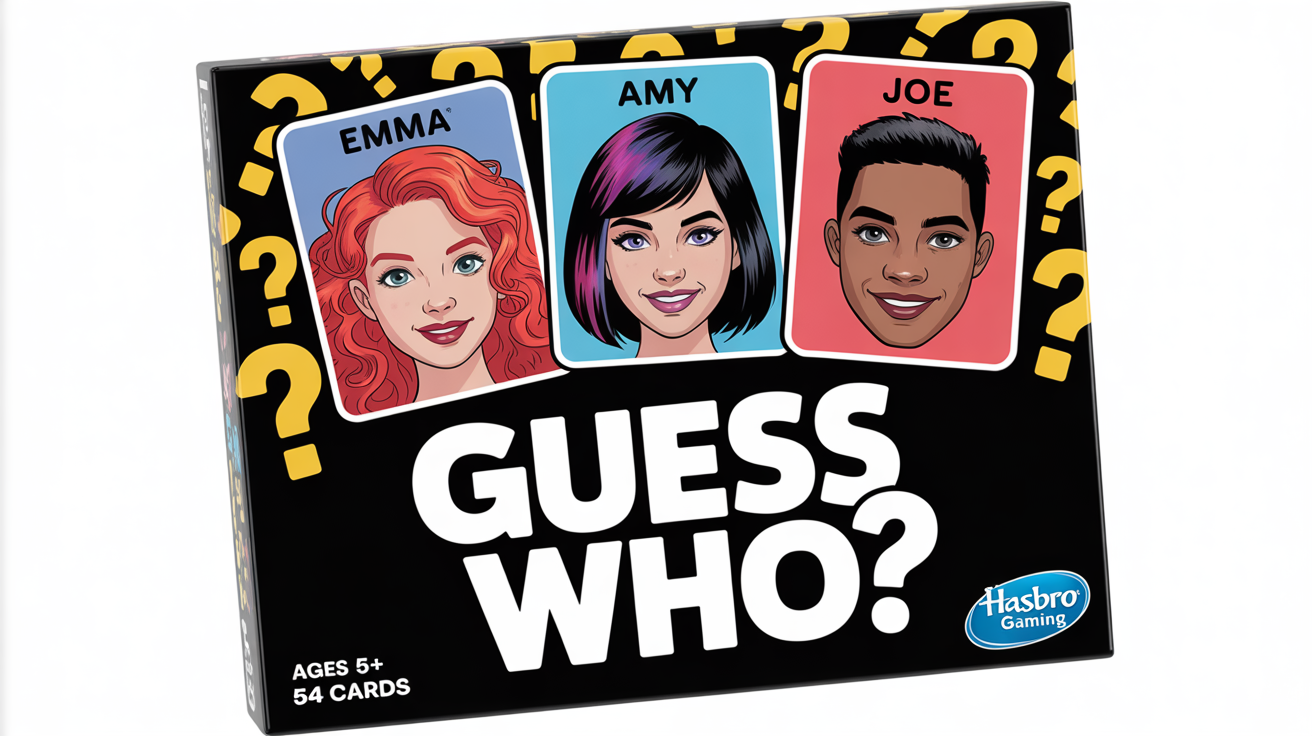
Each teen writes three interesting facts about themselves on a piece of paper without their name. Collect all papers, then read them aloud while the group tries to guess who wrote each one.
This helps teens learn surprising things about their peers.
-
Provide: Paper and pens for everyone
-
Encourage: Unique but appropriate facts
-
Allow: Multiple guesses before revealing the answer
-
Great for: Teens who prefer writing to speaking initially
13. Musical Chairs Conversation
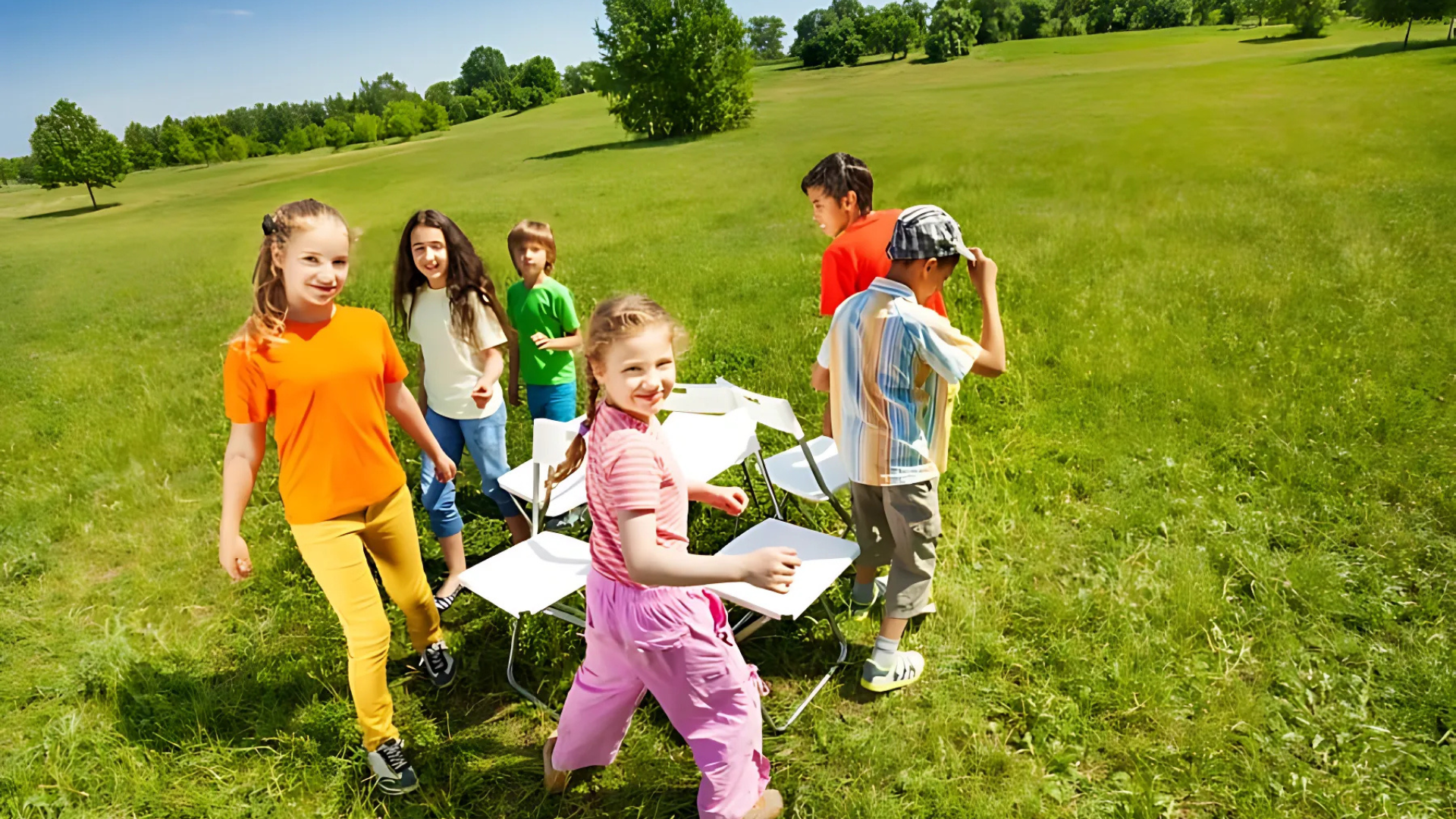
Set up chairs in a circle with one fewer chair than the number of teens. When the music stops, everyone finds a seat except one person who shares something about themselves.
Then start the music again and repeat with a new person sharing.
-
Need: Music and enough space for chairs
-
Keep sharing prompts: Positive and simple
-
Rotate frequently: So everyone gets a chance
-
Combining: Physical activity with social interaction
14. Categories

Call out a category like “favorite pizza toppings,” and teens must quickly organize themselves into groups based on their answers. This helps identify common interests and creates smaller discussion groups within the larger group.
-
Choose categories: With multiple possible answers
-
Include: Both preferences and experiences
-
Allow teens to move freely between groups
-
Follow-up: With brief group discussions
15. Emoji Stories
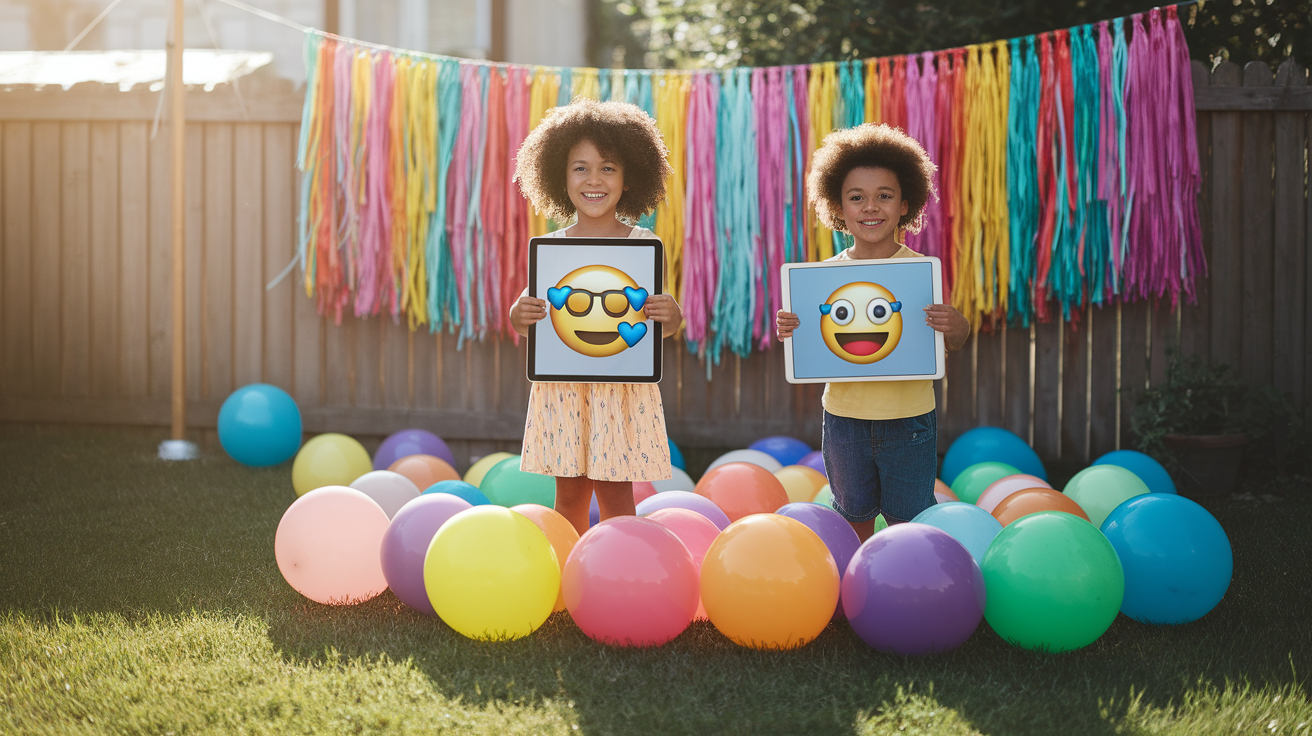
Give each teen 5-7 random emoji cards. They must create and tell a short story using all their emojis. This creative challenge often leads to hilarious stories and shows off different personality types and humor styles.
-
Print emoji cards: Or use phone emojis
-
Set a 2-3 minute time limit for storytelling
-
Encourage: Creativity over logic
-
Great for: Teens who enjoy creative challenges
16. Desert Island

Ask teens what three items they would bring if stranded on a desert island, then have them explain their choices. This reveals priorities, creativity, and problem-solving approaches while sparking interesting discussions about survival and values.
-
Give teens A minute to think before sharing
-
Encourage: Explanations of their reasoning
-
No right or wrong answers
-
Can lead to: Fun debates about the best choices
17. Birthday Lineup

Challenge teens to line up in order of their birthdays without talking—they can only use hand gestures and body language.
This nonverbal communication challenge creates laughter and requires teamwork to accomplish.
-
Emphasize: No talking or whispering
-
Include: Birth month and day for more complexity
-
Watch for: Creative communication methods
-
Celebrate: When the group succeeds
18. Commonalities

Put teens in small groups of 4-5 and challenge them to find 10 things they all have in common (beyond obvious things like “we’re all human”). This deeper conversation helps teens realize they share more than they might expect.
-
Set a time limit of 10-15 minutes
-
Encourage groups to go beyond surface-level similarities
-
Have groups: Share their most interesting commonality
-
Great for: Building connections between different teens
19. Fortunately/Unfortunately
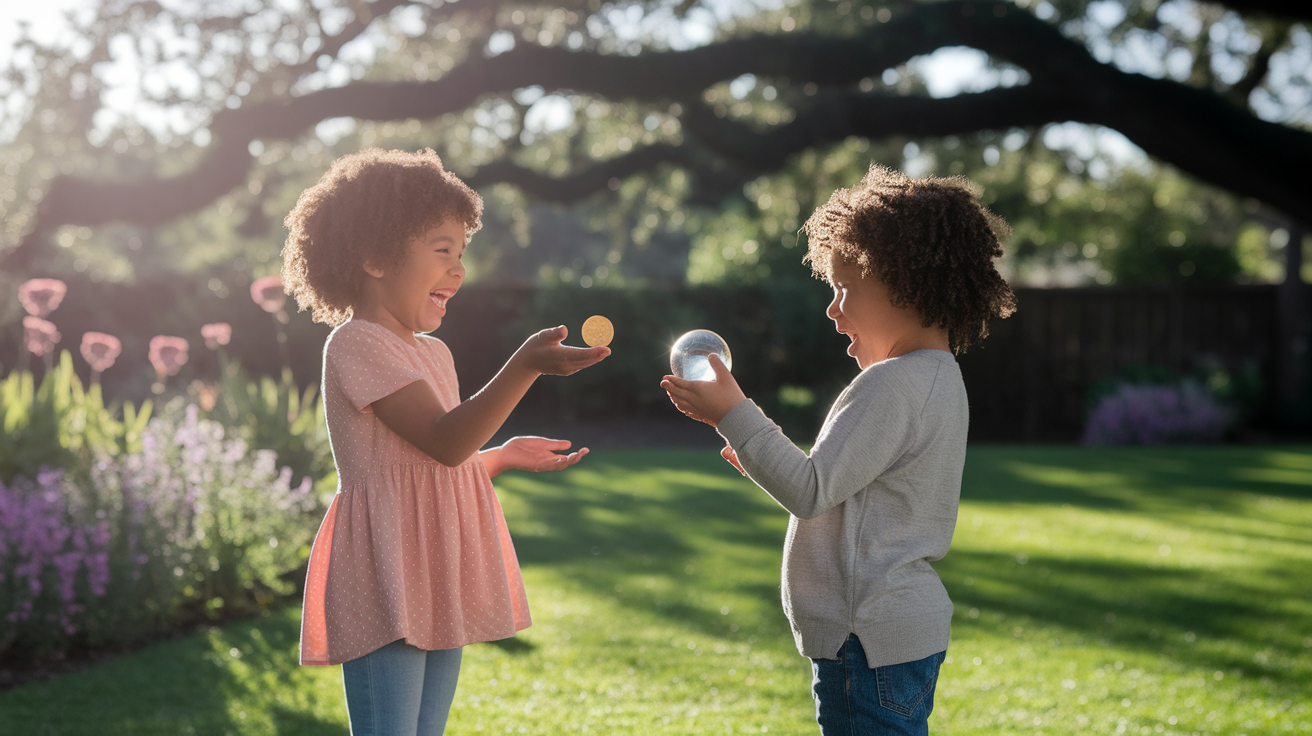
Start a group story where each person alternates between adding a “fortunately” or “unfortunately” statement. The story zigzags between good and bad events, creating unpredictable and often funny results that keep everyone engaged.
-
Begin with: E Example scenario like “Alex decided to go to the store”
-
Alternate: Between fortunately and unfortunately statements
-
Keep contributions brief: (1-2 sentences)
-
Results in: Collaborative storytelling and laughter
20. Paper Plane Introductions

Teens write their name and an interesting fact about themselves on paper, fold it into a paper airplane, and then fly it across the room.
Everyone picks up a different plane and finds the person whose plane they caught to learn more about their fact.
-
Provide paper and a clear space for throwing
-
Encourage: Interesting but appropriate facts
-
Creates: Natural conversation pairs
-
Combining: Creativity with Social interaction
21. Appreciation Web

Using a ball of yarn, teens toss it to each other while sharing something they appreciate about the person they’re throwing to. This creates a physical web showing all the positive connections in the group.
-
Works best: With groups that have spent some time together
-
Focus on: Genuine, specific appreciation
-
Creates: A visual representation of group connections
-
End with a discussion about how everyone is connected
22. Mirror Mirror

Teens pair up and face each other. One person makes slow movements while their partner tries to mirror them exactly. After a few minutes, they switch roles.
This builds nonverbal communication and creates lots of laughter.
-
Emphasize: Slow, deliberate movements
-
Switch roles: Every 2-3 minutes
-
Create: Trust and cooperation between partners
-
No talking: Allowed during the activity
23. Superpowers

Each teen chooses a superpower they would want and explains why they picked it and how they would use it. This reveals personality traits, values, and creative thinking while providing insight into what teens care about most.
-
Allow: Creative and unique superpower choices
-
Encourage: Explanation of how they would use their power
-
Can lead to: Discussions about helping others
-
Shows: Problem-solving approaches and values
24. One Word Story

The group creates a story together, but each person can only contribute one word at a time. Go around the circle with each teen adding their word to continue the narrative. The unpredictable results create laughter and surprise.
-
Start with: A simple word like “Yesterday” or “Once”
-
Keep the pace moving: To maintain energy
-
Accept: Whatever direction the story takes
-
Usually results in: Silly, unexpected plots
25. Personal Bingo

Create bingo cards with different traits or experiences in each square, like “has a pet,” “plays an instrument,” or “loves spicy food.” Teens mingle to find people who match each description and get their signatures.
-
Create cards: With a mix of common and unique traits
-
Set a time limit: To maintain energy
-
First-person: To complete a line or a full card wins
-
Encourages teens to talk to multiple people
26. Rhythm Circle

Teens sit in a circle and create a simple rhythm by clapping or snapping. Go around the circle with each person saying their name to the beat, and then everyone repeats it back.
This musical element makes introductions more memorable and fun.
-
Start with: A simple, steady beat
-
Keep the rhythm going: Throughout introductions
-
Everyone repeats: Each name to reinforce learning
-
Great for: Teens who enjoy music and rhythm
27. Dream Job Charades

Teens act out their dream job without speaking, while others guess what career they’re portraying. This physical activity reveals aspirations and interests while creating entertainment for the whole group.
-
Encourage: Creative acting without props.
-
Give each person 1-2 minutes to act
-
Allow multiple guesses: From the group
-
Follow-up: With brief discussions about career interests
28. If I Were…
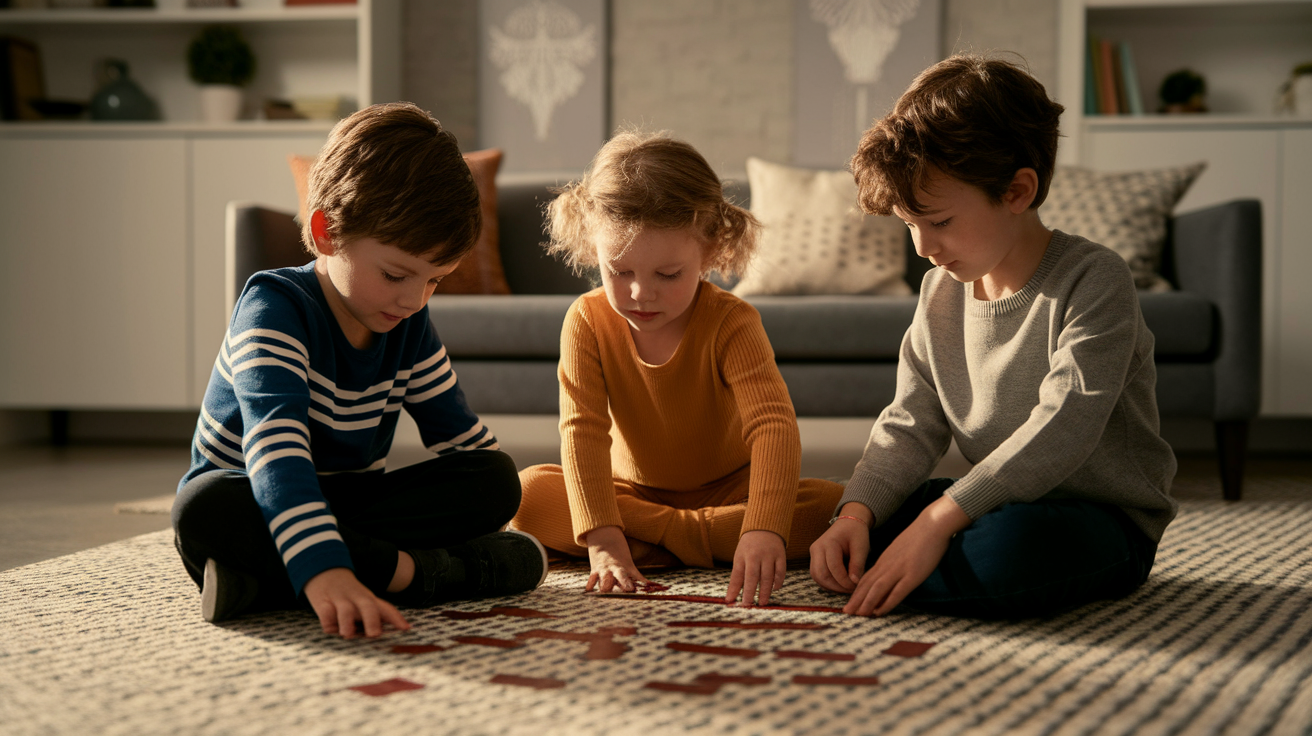
Present scenarios like “If I were a color, I would be…” or “If I were an animal, I would be…” Teens choose their answers and explain their reasoning.
This creative exercise reveals personality traits and thinking patterns while providing insight into what teens care about most.
-
Prepare: 5-7 different “If Were” categories
-
Encourage: Creative explanations
-
No right or wrong answers
-
Helps teens express abstract thoughts about themselves
29. Signature Collection
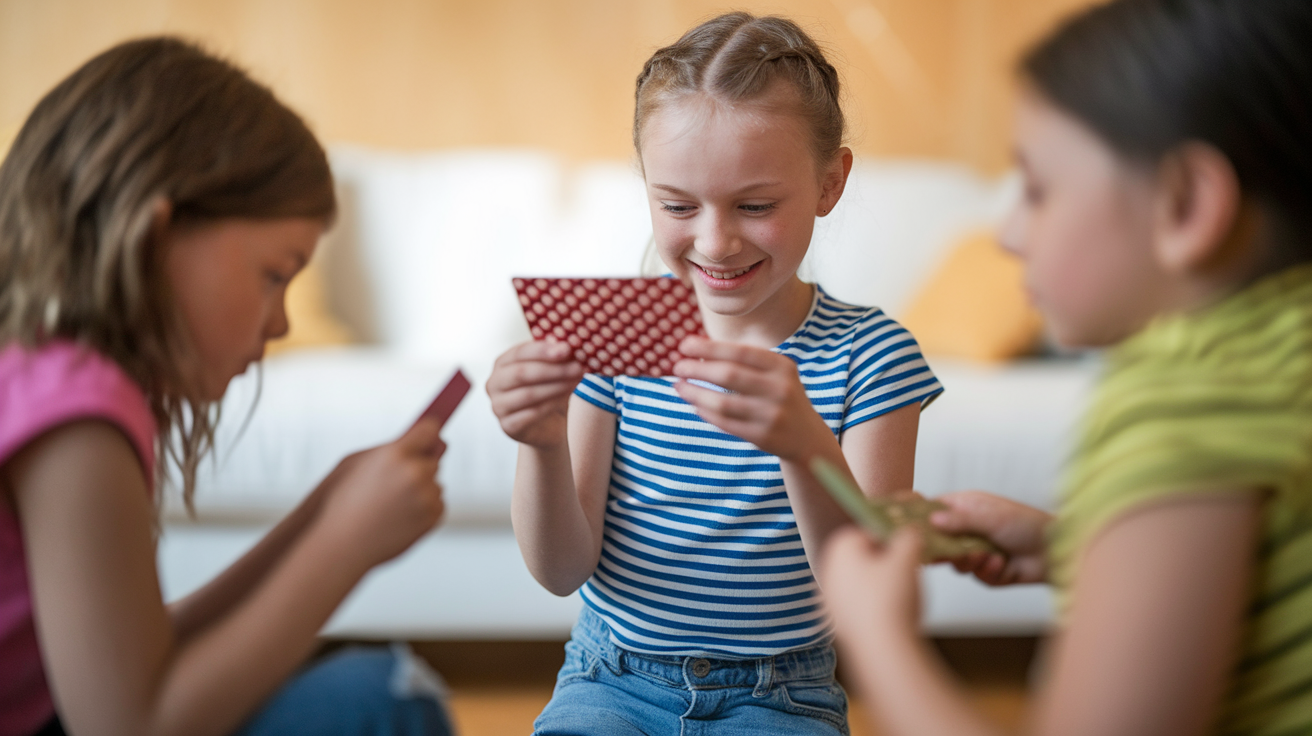
Each teen gets a paper with different categories like “someone who speaks two languages” or “someone who has broken a bone.”
They must find people who fit each category and get their signatures. This encourages teens to learn specific facts about each other.
-
Create: 10-15 different categories
-
Include: A variety of experiences and traits
-
Set a time limit: To maintain energy
-
Encourage: Brief conversations beyond just getting signatures
30. Group Juggle

Start with one ball and have teens toss it to each other in a specific pattern. Once the pattern is established, add more balls to increase the challenge.
This team-building activity requires communication and cooperation to succeed.
-
Start with: Just one ball to establish the pattern
-
Add balls gradually: As the group improves
-
Emphasize: Teamwork over individual performance
-
Celebrate: Group success when balls keep moving
31. Lie Detector

One teen tells a story about themselves – it can be true or false. The group asks follow-up questions to determine if the story is real or made up, then votes on whether they believe it. This encourages detailed storytelling and active listening.
-
Stories should be: Believable but interesting
-
Allow 3-5 follow-up questions: From the group
-
Reveal the truth: After everyone votes
-
Encourages: Creativity and critical thinking
32. Invisible Ball

Teens stand in a circle and pretend to toss an invisible ball to each other. The person “throwing” must use body language to show the size, weight, and type of ball, while the “catcher” must react appropriately.
This improves nonverbal communication and creates laughter.
-
Start with: Simple balls, then get creative
-
Emphasize: Exaggerated movements to show all properties
-
Allow creativity: In ball types (bowling ball, balloon, etc.)
-
Builds: Imagination and nonverbal communication skills
33. Time Capsule

Teens write down three things that are important to them right now—could be interests, goals, or values. Share these with the group as if creating a time capsule.
This helps teens reflect on their current priorities and share meaningful information.
-
Provide paper A nd pens for writing
-
Encourage: Genuine, thoughtful responses
-
Creating a safe space: or sharing personal information
-
Can lead to: Deeper conversations about goals and values
34. Compliment Tag

One teen starts by giving a genuine compliment to someone else in the group. That person then gives a compliment to another person, and so on until everyone has given and received a compliment.
This builds positive energy and helps teens notice good qualities in others.
-
Emphasize: Genuine, specific compliments
-
Make sure: Everyone gives and receives at least one compliment
-
Focus on: Personality traits, not just appearance
-
Creates: A supportive, positive atmosphere
35. Word Association Circle
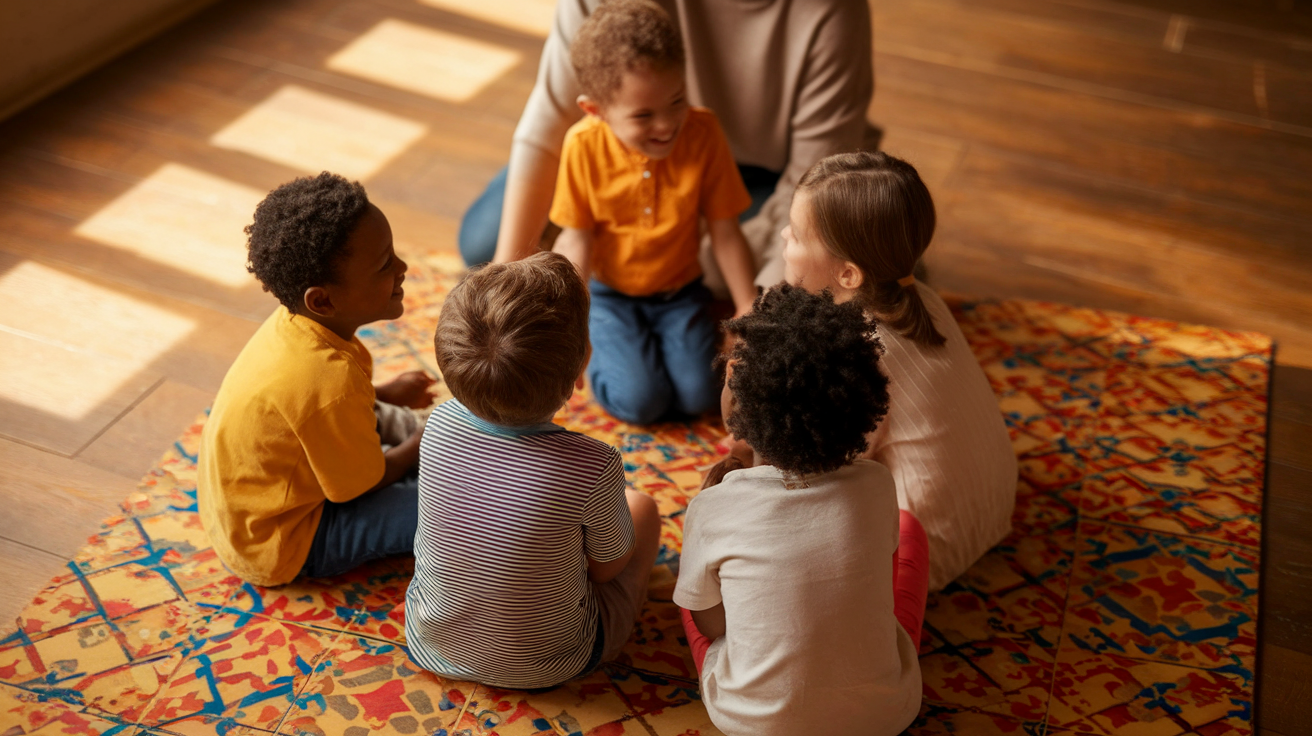
Start with a simple word and go around the circle with each teen saying the first word that comes to mind based on the previous word.
This fast-paced game reveals thinking patterns and often creates unexpected connections and laughter.
-
Keep the pace quick: To prevent overthinking
-
Start with: A neutral, simple word
-
Allow: The associations to go in any direction
-
Creates: Spontaneous and often funny word chains
Icebreakers Help Teens Overcome Social Awkwardness
Icebreaker games create a relaxed atmosphere where teens can gain confidence by interacting with others in fun, low-pressure ways. Instead of worrying about what to say or how to act, teens can focus on playing games and having fun.
This natural approach to socializing helps build confidence and reduces anxiety about meeting new people.
This shared experience creates natural conversation starters and helps form the foundation for genuine friendships.
Icebreakers also provide valuable practice for important social skills like communication, listening, and collaboration in an enjoyable environment.
Teens learn to take turns, support team members, and express themselves clearly, all while having fun rather than feeling like they’re in a formal learning situation.
How to Choose the Right Icebreaker Game
| Factor | Small Groups (8-12 teens) | Large Groups (20+ teens) | Considerations |
|---|---|---|---|
| Group Size | Human Knot, Mirror Mirror, Commonalities | Speed Friending, Categories, Personal Bingo | Match activity to participant count for best engagement |
| Age & Maturity | 13-14 years: Simple games like Question Ball | 16-17 years: Complex games like Lie Detector | Younger teens prefer active games; older teens enjoy strategic challenges |
| Setting & Space | Classroom: Seated games like Story Building | Outdoor: Physical games like Birthday Lineup | Indoor games need less space; outdoor games allow movement-based activities. |
| Time Available | 10-15 minutes: Quick games like Word Association | 20-30 minutes: Detailed games like Scavenger Hunt | Short sessions work for transitions; longer games build deeper connections |
| Personality Types | Shy teens: Written activities like Guess Who | Outgoing teens: Performance games like Charades | Offer multiple participation styles to include everyone |
Make Icebreaker Games Fun and Effective
Icebreaker games are valuable tools for helping teens break down social barriers, reduce awkwardness, and build meaningful connections with their peers.
These structured activities provide safe, fun ways for teenagers to get to know each other without the pressure of formal conversations or small talk.
When teens participate in icebreaker activities, they often leave feeling more confident about social interactions and excited about the new friendships they’ve started to build.
The skills they practice during these games, active listening, cooperation, and self-expression, carry over into their daily lives and future social situations.
Try one of these icebreaker games at your next teen gathering and watch the magic happen!





